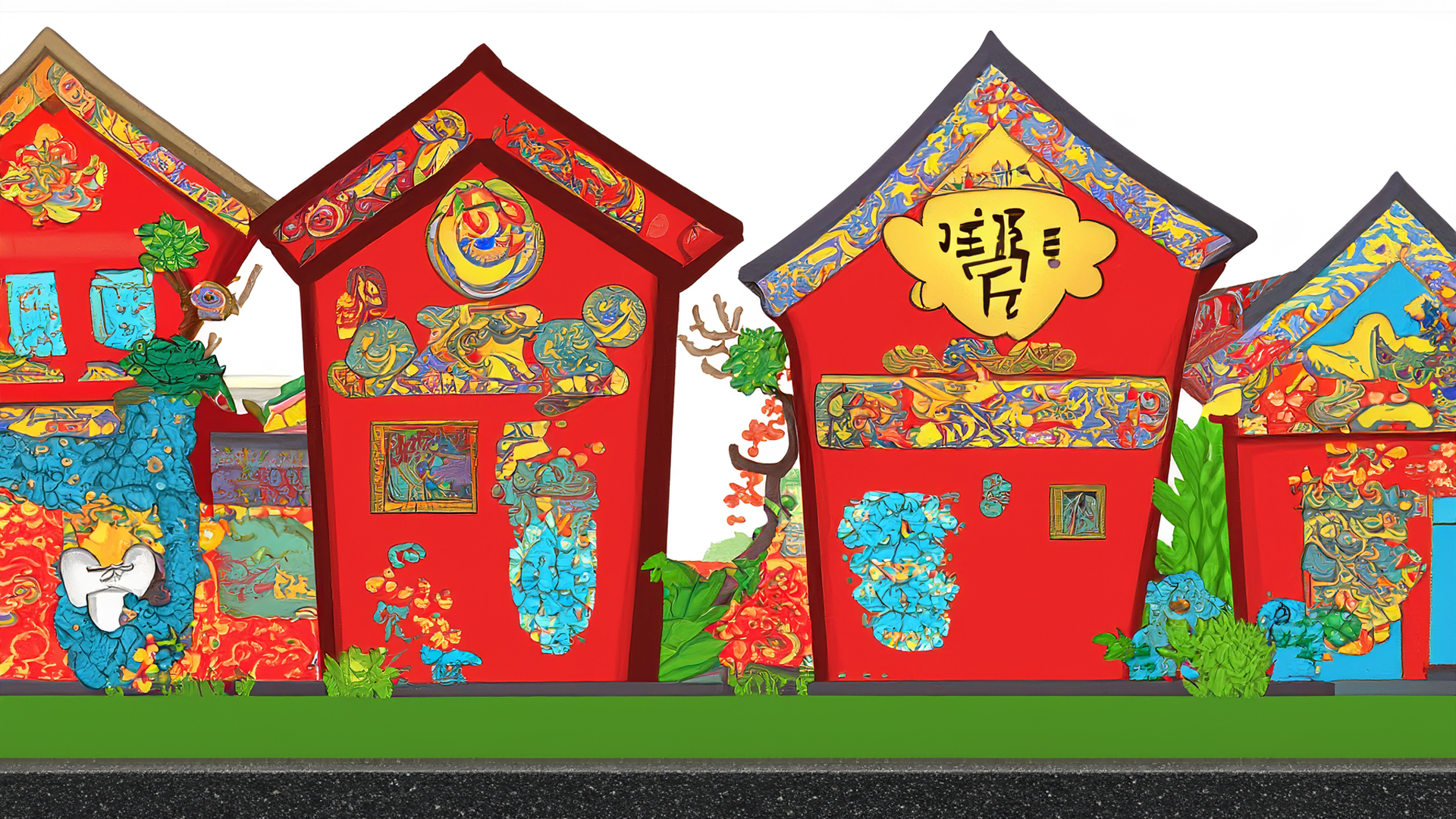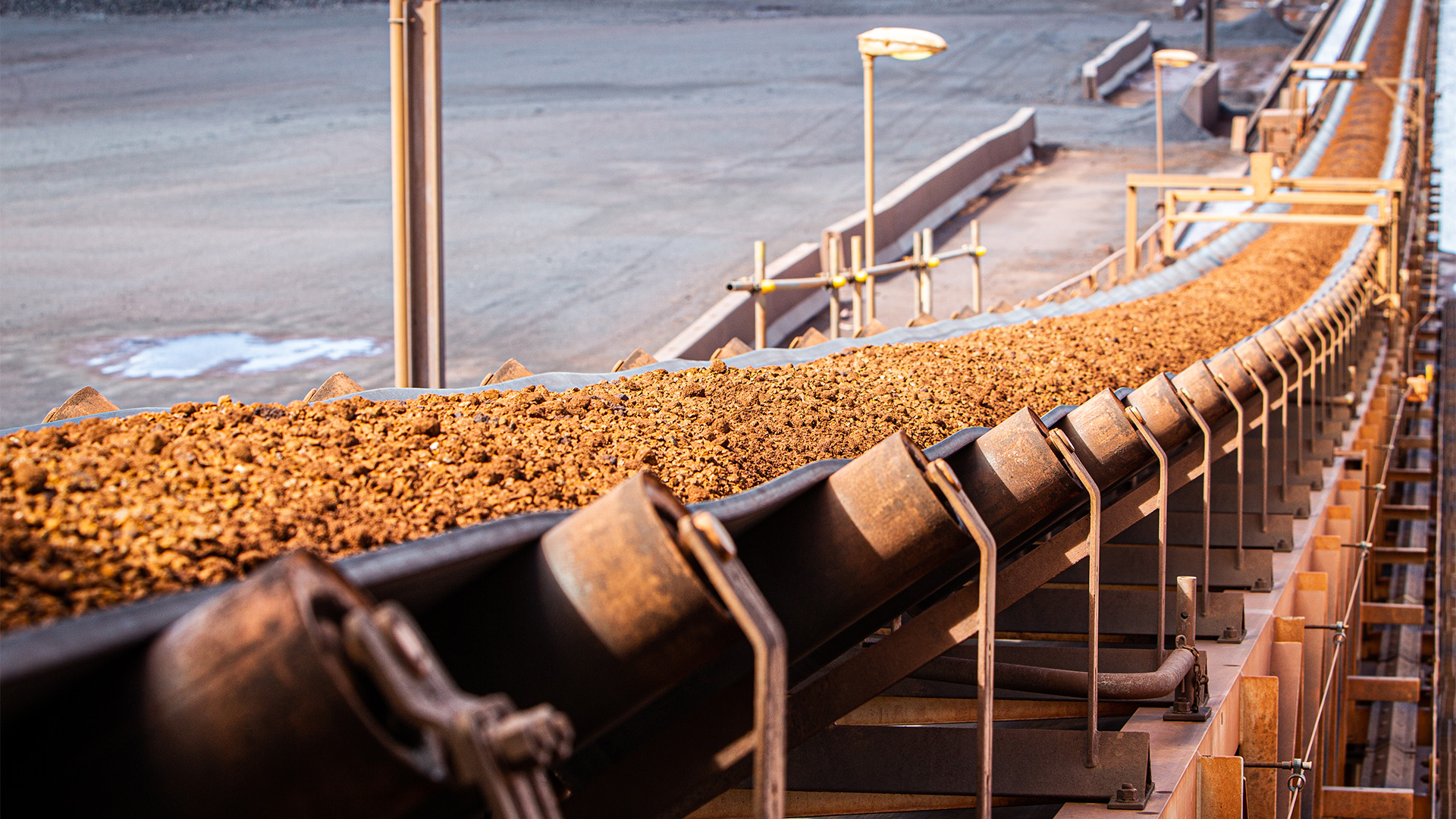Economists now think it less likely the Australian economy dipped into negative growth in the three months to June after the release of the quarter’s current account and government finance data on Tuesday.
At the same time, economists continue to forecast a sharp contraction in the current quarter because of the Covid-Delta lockdowns in NSW and Victoria in particular.
Tuesday’s two releases are the final major data inputs from the Australian Bureau of Statistics into the national accounts which will be released at 11.30 am Wednesday, along with the GDP figures.
The AMP’s Dr Shane Oliver said he had revised his forecast for a small 0.1% contraction in GDP in the June quarter to growth of 0.3% “after stronger than expected net exports and public spending data.”
Dr Oliver said that with Tuesday’s ABS data showing that net exports will detract 1 percentage point from June quarter GDP (which is less than his estimate for a 1.3 percentage point detraction) and public demand much stronger than expected at around 2% growth quarter on quarter, along with solid gains in profits, wages and real sales, he has revised his 0.1% contraction forecast for June quarter GDP to a rise of 0.3% quarter on quarter or growth of 9.1% year on year.
“So while the current quarter is still expected to show a large 4% decline in GDP thanks to the lockdowns for now at least and assuming there is some reopening driven bounce in the December quarter Australia should be able to avoid the headline of a double dip technical recession.
“Not that it makes much difference of course for many businesses and workers hit by the lockdowns for whom it would feel like a recession anyway,” he added.
RBC lifted their estimate for the June quarter from growth of 0.3% to 0.4%.
Tuesday also saw the release of building approvals data for July and they again confirmed a big fall – down another 8.6% in the month and 33% from their March peak which is when they surged as people flocked to get the HomeBuilder subsidy for new homes or renovations.
However, Dr Oliver pointed out that as private house approvals remain at historically high levels and the lagged impact of the surge in approvals up until recently points to a significant further rise in dwelling construction activity over the remainder of this year.
The Australian Bureau of Statistics pointed out that July’s private approvals are 28.0% higher than July 2020 and 36.0% above July 2019.
HomeBuilder was due to finish at the end of March, but continued for a fortnight into April with the late surge continuing.
Private sector house approvals fell 5.8% and private sector unit approvals fell 12.3% but the value of alterations and additions to dwellings rose for a second month in a row – this time by just 0.1%.
The value of non-residential approvals fell 30.5%, but that’s after a similar rise in June as councils caught up with backlogs and cleared them before the end of the financial year and the start of 2021-22.
“Across Australia, the number of dwelling approvals fell in South Australia (-17.9 per cent), Tasmania (-15.3 per cent), Western Australia (-11.3 per cent), Victoria (-11.0 per cent), and New South Wales (-9.9 per cent). Dwelling approvals rose in Queensland (9.0 per cent), in seasonally adjusted terms,” the ABS said in a commentary on Tuesday.
“Approvals for private sector houses fell in South Australia (-23.9 per cent), Victoria (-7.3 per cent), Western Australia (-6.9 per cent) and New South Wales (-4.2 per cent). Private house approvals in Queensland rose 8.3 per cent, in seasonally adjusted terms.”
The ABS said the value of total building fell 15.9%, seasonally adjusted terms. The value of non-residential building approved fell 30.5%, to be 47.0% lower than the peak recorded in March.
The value of total residential building fell 6.6%, made up of a 7.6% fall in new residential building and that 0.1% rise in residential alterations and additions.
Reserve Bank figures yesterday showed owner occupied housing finance rose 0.9% in July from June and was up 7.7% from the same month in 2020 at the fastest rate of growth since mid 2018.
Dr Oliver pointed out that while the fall because of the ending of Homebuilder was always expected, “private house approvals remain at historically high levels and the lagged impact of the surge in approvals up until recently points to a significant further rise in dwelling construction activity over the remainder of this year.”
But he warned that 2022 risks seeing a slump in home building reflecting the pull forward of activity due to HomeBuilder, reduced demographic demand after two years of zero immigration and the risk that the latest lockdowns impact homebuyer sentiment.
Other economists are starting to voice concerns about whether corporate earnings will continue rising in 2022 and into 2023 because of falling commodity prices and weakening consumer spending. A slower pace of building investment would add to the sluggishness in the economy.












